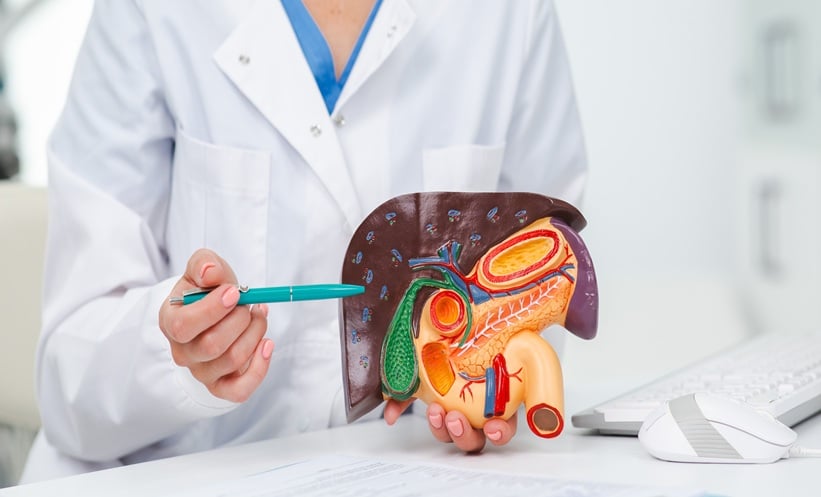PERIAMPULLARY diverticulum (PAD) is an age-associated anatomical variant increasingly encountered in endoscopic retrograde cholangiopancreatography (ERCP) for choledocholithiasis. Its prevalence ranges from 6% to 31%, varying by ethnicity and diagnostic modality, and up to one-third of ERCP-treated choledocholithiasis cases in some centres present with PAD. While once regarded as a barrier to successful cannulation, contemporary evidence shows high success rates (96–98%) with modern techniques. Nevertheless, optimal PAD treatment remains a subject of clinical debate due to variable procedural complexity and adverse event risks.
Small-Incision Large-Expansion: A Refined Approach
In a recent randomised controlled trial, a modified small-incision large-expansion (SILE) approach, comprising minimal endoscopic sphincterotomy (<5 mm) combined with stone-calibrated papillary balloon dilation, was compared with conventional endoscopic sphincterotomy (EST). The SILE technique demonstrated superior outcomes, including higher one-session stone clearance rates, shorter procedure duration, and lower incidences of post-ERCP bleeding and pancreatitis (0.3% vs 1.5%). Importantly, no biliary strictures or recurrent stones were observed at six-month follow-up.
Postoperative common bile duct (CBD) pressure in the SILE cohort (mean 11.5 cm H₂O) exceeded that of controls (8.5 cm H₂O, p < 0.001), reflecting partial preservation of sphincter of Oddi tone. This physiological maintenance of biliary competence may reduce duodenobiliary reflux and subsequent cholangitic complications, critical considerations in hepatobiliary management.
Anatomically, PAD formation is linked to smooth muscle weakening, duodenal dyskinesia, and sphincter dysfunction, explaining its correlation with advancing age and biliary calculi. By matching papillary dilation diameter to stone size (typically 1.3–1.5 cm) and limiting incision to 0.3–0.5 cm, the SILE method minimises haemorrhagic and perforation risks associated with overexpansion.
Collectively, these findings establish SILE as a technically efficient and physiologically advantageous PAD treatment strategy. The combined approach enhances ductal clearance, reduces procedural trauma, and preserves sphincteric function, key outcomes for hepatologists managing recurrent biliary obstruction and post-ERCP complications.
Reference
Qiong G et al. Endoscopic sphincterotomy with balloon dilation vs. monotherapy for choledocholithiasis in periampullary diverticulum: a randomized trial. Sci Rep. 2025;15(1):34357.








